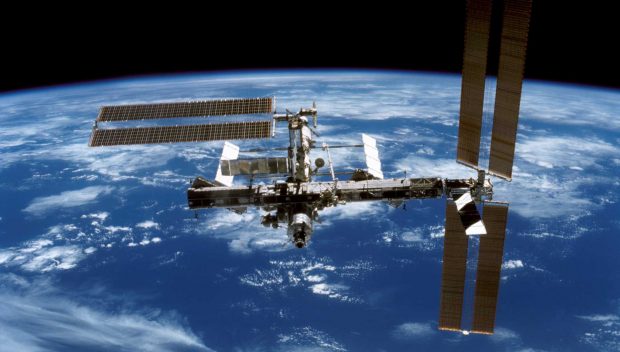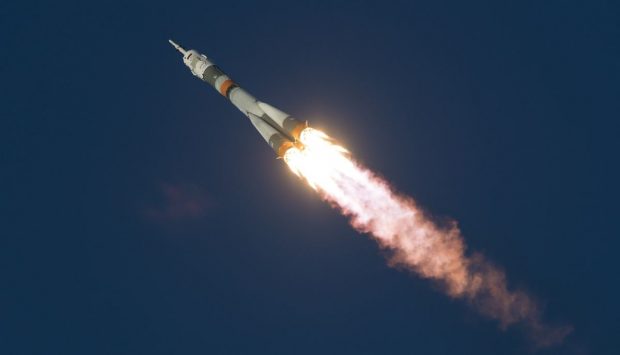Mysteries
As we move forward in our deep space exploration, it is important to remember that we are an inquisitive and adventurous species.

Over the next decade About 750 missions are planned for deep space exploration.. This represents a significant increase over the 236 made in the previous period. The main drivers are lunar and Mars missions, as well as manned missions in low Earth orbit.
Global government investment is estimated to exceed $26 billion by 2023 It is expected to increase to nearly 33 billion by 2032. The United States is at the top with 65%, followed by China (19%), the European Space Agency (ESA, 6%), Japan (2%) and Russia (1.5%).
A renewed interest
Natalia Laria, director of Euroconsult, points out that we are on the brink of a new era in space exploration. Marked by a combination of cooperation and competition. There is renewed interest in space exploration, but at the same time competition between nations has intensified.
Very interesting projects at the moment The US Artemis program and China's International Lunar Research Station (ILRS). All indications are that these missions are driven by geopolitical motivations.
On the other hand, after declining in recent years, A new investment cycle is planned for manned flights in low Earth orbit. Investments of up to $7 billion are expected by 2030 to support the final years of International Space Station (ISS) operation and decommissioning.
The next decade will see growth of 2%, surpassing $2.5 billion by 2032. These investments are expected. Focus on scheduled tasks such as sample returns. Also, funding will be allocated to deep space exploration, astronomy, astrophysics and heliophysics.
The Birth of Spatial Architecture
Aerospace engineers and aerospace architects work on developing technologies that allow humans to fly. Live and work safely and comfortably in deep space.
The International Space Station (ISS) is an example of the advances in space architecture in recent decades. The next step will be the development of safe and comfortable lunar and Martian habitats. Plans to set up permanent lunar bases are already underway by several international space agencies.
The first human settlements on the moon would be small and isolated, but they are expected to grow in size and complexity as space exploration becomes more common. Spatial architects will play an important role in the design of these settlements to ensure their safety, livability and long-term sustainability.
History of space exploration
The The history of space exploration dates back to the middle of the 20th century, when the Soviet Union and the United States began the space race. The launch of Sputnik in 1957 marked the beginning of a new era in which humanity advanced beyond Earth. Since then, we've sent probes and rovers to distant planets, exploring the surface of Mars, Jupiter, Saturn and beyond.
But the true frontier of space exploration is deep space beyond our solar system. Maybe one day Sending humans to other habitable planets? Can we travel to distant stars and colonize other worlds? These are questions that challenge us to constantly explore and expand our limits as a species.
Distance and duration of journeys
Distance is one of the biggest challenges we face in deep space exploration. The nearest stars to us are light years away, and traveling to them is a monumental task. Despite advances in technology such as advanced propulsion engines and the exploration of concepts such as wormholes, we still Humans cannot be sent to other star systems.
Another important challenge Duration of space travel. Even if we could develop the technology necessary to travel close to light, interstellar travel could take decades or even centuries. This raises ethical and logistical questions about the feasibility of sending human colonies to other worlds and the sustainability of life in deep space.
They are looking for the future
Currently, several companies, including NASA and SpaceX, They are working on plans to establish colonies on the Moon and Mars. NASA aims to send humans to the moon in 2025 and establish a permanent presence by 2028. Meanwhile, SpaceX plans to send humans to the moon in the 2030s and establish a colony on Mars.
Space colonies
however, Establishing colonies on the Moon and Mars presents significant obstacles. The high cost of these companies requires huge investments in infrastructure and technological development.
Humans must also adapt to physical and psychological health challenges Includes living in environments similar to the Moon and Mars. There, apart from isolation and stress, radiation, microgravity and lack of oxygen are important factors.
The potential benefits of establishing colonies on the Moon and Mars are numerous. These colonies could increase the exploration and discovery of the geography and atmosphere of these celestial bodies. Likewise, allow scientific initiatives to study gravity, radiation, and other phenomena that are difficult to study on Earth.
Besides, Opens up new business opportunities Thanks to the extraction of resources like water, minerals and metals. They can also serve as potential shelters in case of catastrophic events on Earth.
Recommended readings
Space exploration, science or business

